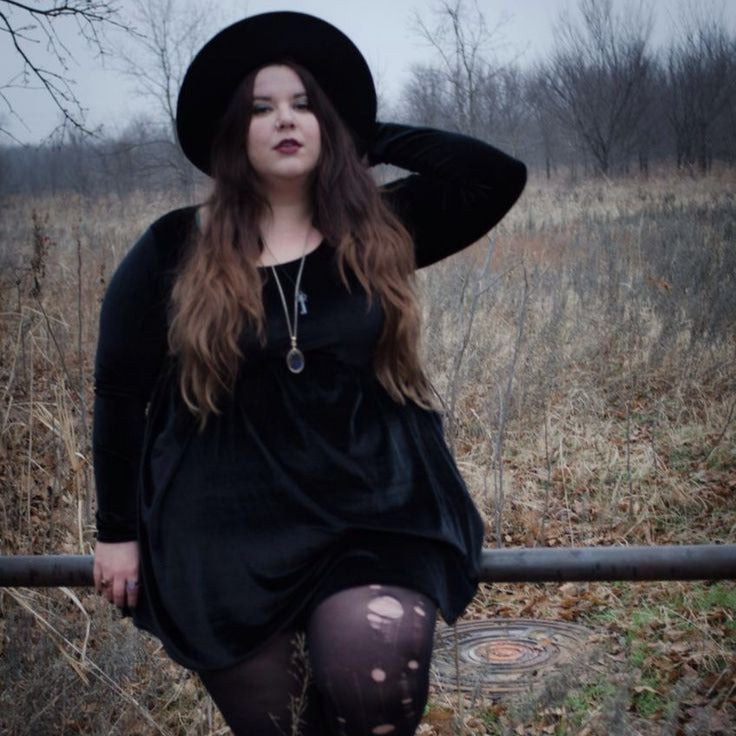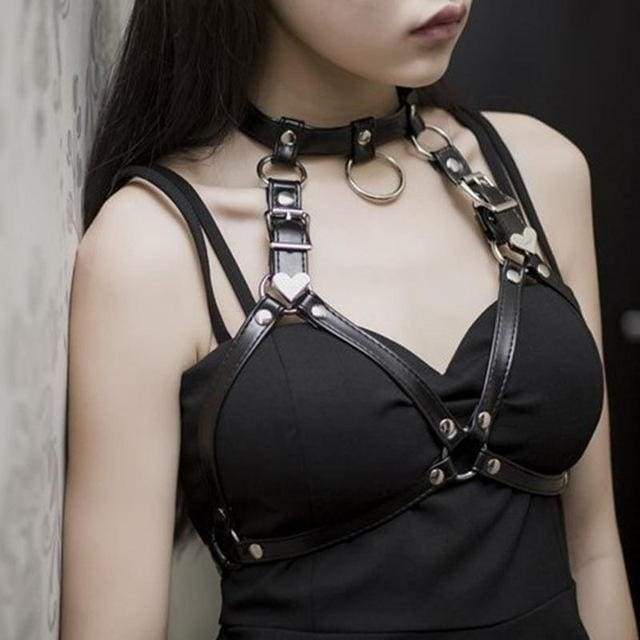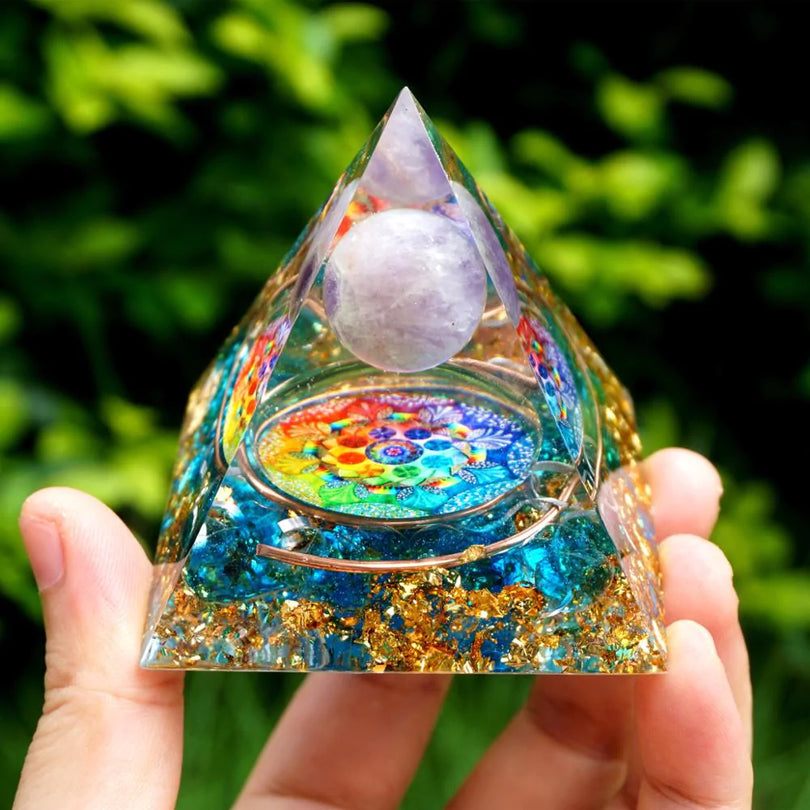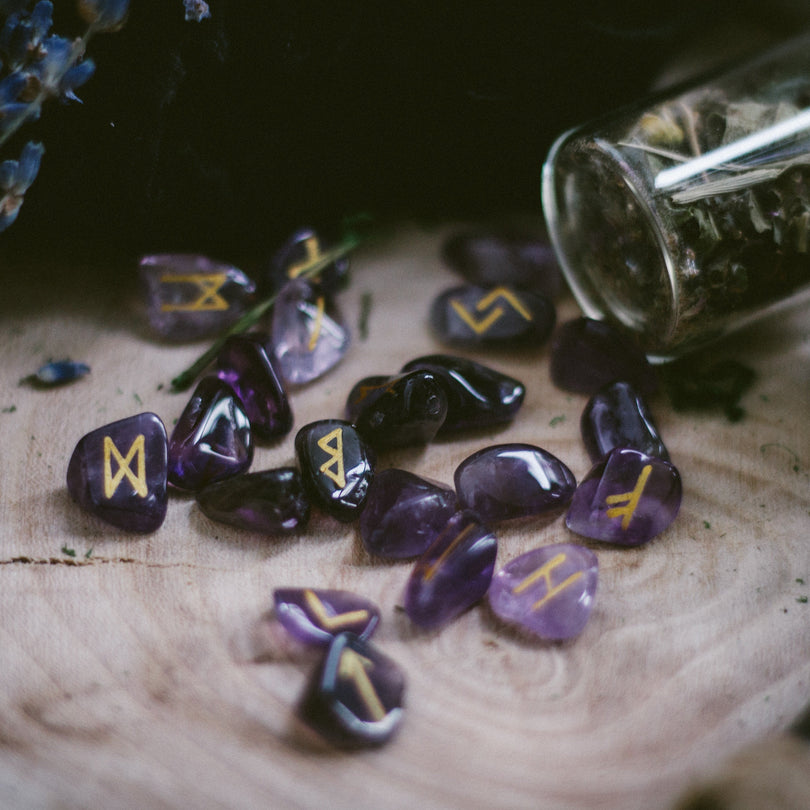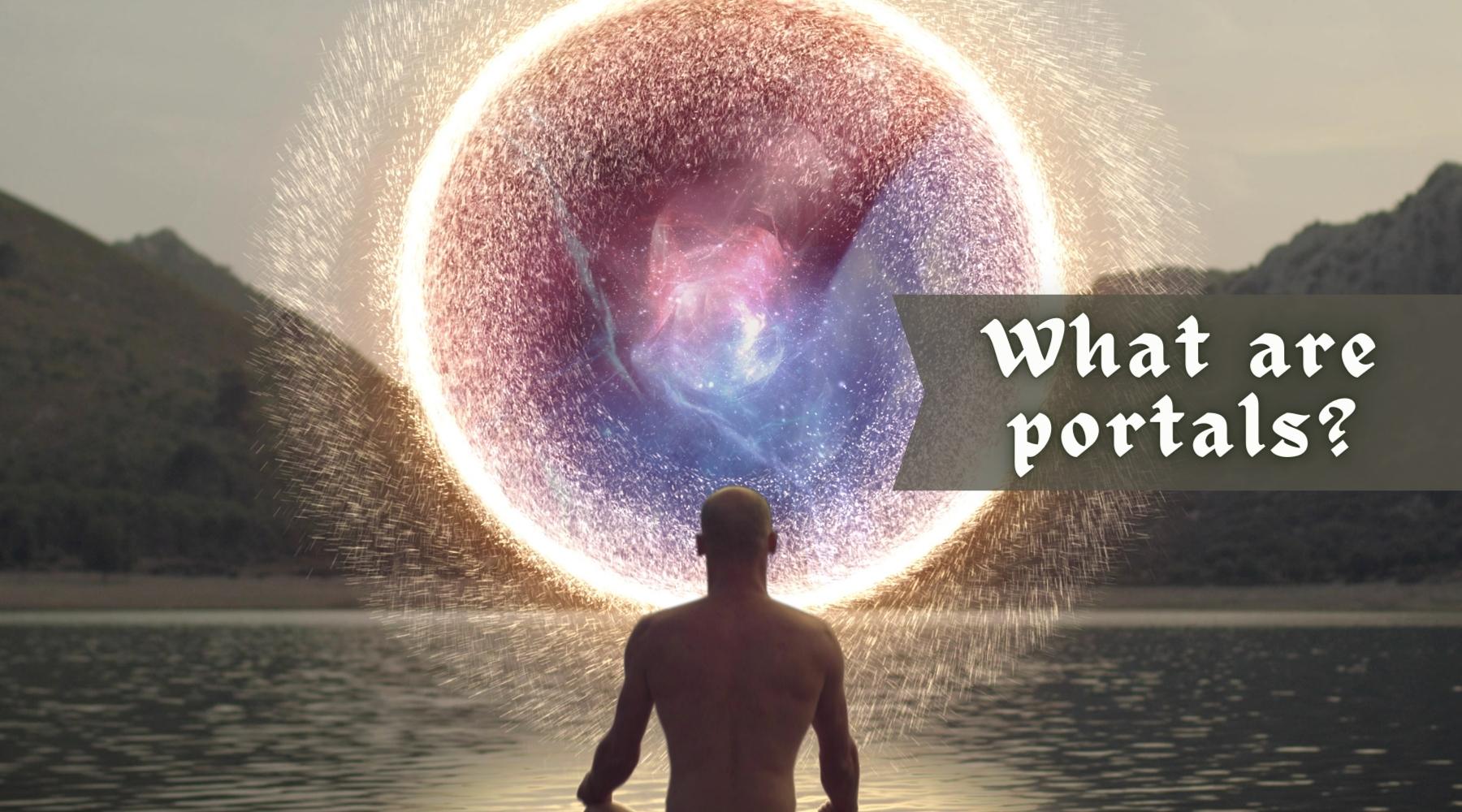A Guide to Runestones
Casting and reading the runes is a popular form of divination in modern new-age practice. It is based on an old Germanic and Norse practice linked with the practice of Heathenry and the worship of Odin and other northern European pagan gods.
Like many other forms of divination, the practice is designed to help you access your intuition or your spiritual senses to bring to the surface truths that you already know in your heart. Your subconscious mind is much more powerful than your conscious mind and has information you simply cannot take in consciously. Practices such as rune casting let you quiet the conscious mind so that your subconscious mind has space to speak and reveal.
You can read more about the underlying philosophy of divination in our post about using the Tarot.
In this article, we will take you through several methods for casting rune stones for divination and how to interpret the runes. At the end of the article, we will also take a closer look at the history of the runes from ancient times to modern practice.

How to Read the Runes
Since rune casting is all about tapping your intuition and divine spark, there is no single right way to use them. Many experienced rune readers have developed their own approaches and shared them, so look around for ideas and inspiration.
But any approach will involve holding a question in your mind and then casting, placing, or selecting stones that will guide you toward a response.
Before you start, there are a few steps that you should take.
- Find a set of runestones that speaks to you spiritually – you can shop our runestone collection here.
- Connect with your rune stones by spending time with them. This should be physical, holding them in your hands and examining them, and intellectual, reading your guidebook and taking in the meanings associated with the different runes.
- Prepare yourself through meditation that helps you to quiet your active mind and let your subconscious mind flow to the surface.
- Learn how to ask questions, which should be open-ended, since all things are possible, rather than yes or no questions.
Read our more detailed guide to preparing for a divination session here.
Before every individual casting, you should also cleanse your rune stones of energy other than your own. You can protect your rune stones by storing them with energy-cleansing crystals such as black obsidian, citrine, or amethyst. You can also cleanse your cards by leaving them under the light of the moon for a night or smudging them with incense. You should then hold the runestones in your hands for several minutes before a reading to make a connection between yourself and the runes.
Casting Patterns and Methods
There are many different ways to then use the runes to find answers, but we will go through some of the simplest and our favorites below.
The Three Norns
Hold your runestones while considering your question, and then retrieve the rune stones that seem right either from your hands or from a sack. Place three runestones in a row in a horizontal line. The first runestone will reveal the major causes of your current challenges. The middle stone will represent the reality of your current situation, which we are often blind to. The final runestone will indicate the best course of action going forward.
The Four Dwarves
This casting works in the same way, except that you will place four runestones in a circle, working clockwise from the top. The top rune indicates the main causal factors of your situation. The runestone on the right suggests that you are doing that is influencing the current situation, while the left indicates what others might be doing or feeling. The bottom runestone indicates the reality of what is happening that is currently hidden from you.
Vé Branches
This is a more complex casting that uses seven runestones laid out in a V shape. Start with the bottom rune and work upwards, placing runes on the right and then the left. The rune at the bottom represents the truth of your current situation, and each line represents one of the most likely outcomes. The first rune represents your most likely action, the second your motivation for that action, and the third what the result is likely to be.
Rune Board
Other casters use a rune board. This can be designed in various ways but will have different areas that relate to different elements. It could be past-present-future, cause-affect-outcome, or different aspects of your personality. In this case, when you are ready to ask your question, you throw the runes over the board and make your reading based on where they land.

Individual Rune Meanings
There are many different rune designs, and each will come with its own guide with different meanings and interpretations. Also, as you become accustomed to the runes and grow close to them, you will start to develop your own meanings and associations.
Nevertheless, below are the most commonly accepted meaning for the Armanen runes, the runes most commonly used in rune casting.

Fa – Primal Fire – power of spirit, change, and creativity
Ur – Resurrection – physician’s rune for resurrection, eternity, and continuity
Dorn – Lightning and Thunder – targeting goals, activity, masculinity
Os – Mouth – spiritual power, voice, gaining power and respect
Rit – Ritual – orderliness, primal law, cynical events, rescue from an enemy
Ka – World Tree – power, generation, ability, and artfulness
Hagal – Hail – mother rune represents enclosure and contains potential for growth
Not – Necessity of Fate – karma, future existence
Is – Ego – self-control, personal power, obedience, compelling will
Ar – Leadership – beauty, fame, intelligence, virtue
Sig – Sun Power – success and victory
Tyr – Rebirth of the Sun God – turn a situation around, wisdom, spiritual understanding
Bar – Birth – creative power, becoming, song
Laf – A-rlog – defeat, laws or nature, water
Man – Manking – birth, health, increase, maleness
Yr – Bow – femaleness, nigh, death, instinct, anger, falsehood
Eh – Duality – love, trust, and marriage
Gibor – Gift of Life – cosmic consciousness and divine principle
Where do the Runes come from?
Various northern European peoples used runes as a system of writing. Probably the most widespread runic language was Futhark, used by the Norse people. They used a 24-character alphabet known as Elder Futhark between the 2nd and 8th centuries, which developed into a smaller 16-character alphabet known as Younger Futhark from the 8th century. At around the same time, the Anglo-Saxons and Frisians developed a related Runic alphabet known as Anglo-Saxon Futhorc.
Across all these groups, the runes became less popular with the rise of Christianity, and they were replaced by the Latin alphabet.
The Norse people believed that their runes were more than just a system of writing but rather a tool used to shape reality. The Norns, the fates in Norse mythology, write destiny into the bark of Yggdrasil using the runes. Odin, the most important Norse deity, saw the Norns at their work and was jealous of their knowledge. He hung himself from the World Tree, Yggdrasil, for nine days and nine nights while pierced by his own sword to learn the secrets of the runes, which he then shared with mankind.
In the Norse sagas, many heroes are described as runemasters who can use the runes to heal the sick and destroy their enemies. There are also many surviving archaeological examples of objects inscribed with runes seemingly meant to provide protection or ensure the quality of something stored. But, since the pagan Norsemen left no written records and our knowledge principally comes form later Christain texts, we do not know very much about how the Vikings used the runes.
We do know that centuries later, the Norse people of Iceland combined the runes to create runic staves believed to have magical properties. These are recorded in several magical grimoires surviving from the 17th, 18th, and 19th centuries. Some of the most famous runic staves in these magical texts include Aegishjalmur, also known as the Helm of Awe, a symbol of protection, and Vegvisir, also known as the Norse Compass, a powerful wayfinding symbol.

Ancient to Modern Runic Divination
We know that the Norsemen also engaged in divination. Volva were witch women highly respected in society that were often called upon to act as seeresses. That their practices may have included rune casting is indicated by a much older text.
The first-century Roman author Tacitus observed similar witches among the Germanic tribes of his day. He said that the runes were carved into small objects, such as sticks and bones, which would then be cast onto the ground. The seeress would make a reading based on how the runes fell.
But while runic divination seems to have existed in some form for at least 2,000 years, the modern practice dates to the 17th century. Johannes Bureus, a Swedish mystic, was inspired by the practices of his ancestors and made the modern system based on combining the Younger Futhark runes with the Kaballah, a Jewish mystical tradition.
His work was further developed in the 1900s by the Austral occultist Guido von List. This is the most common system used today and is known as the Armanen runes.


